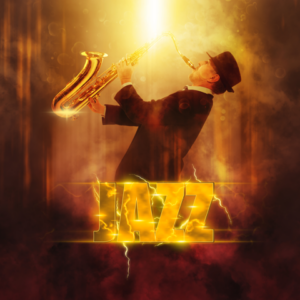Study Unit
Materials

Emerging first from the culture of New Orleans, then expanding throughout the world, the musical style of jazz has had a lasting impact on cultures as diverse as America, Japan, India, South Africa, and France. Beginning with the concepts of improvisation and swing rhythms, this Study Unit follows the history of jazz through various eras, geographical centers, and many composers and performers. The impact that jazz has had on both rock ‘n’ roll and rap music is also discussed.
What will you learn in this unit?
- Analyze the musical influences which helped create jazz music.
- Discuss the culture and importance of New Orleans in the birth of jazz.
- Examine the common musical characteristics of jazz.
- Explore the development of various sub-genres of jazz, their characteristics and uniqueness.
- Learn about some of the influential jazz composers and musicians during each of the jazz eras.
- Consider the impact of jazz on current American culture.
Study Unit Content
Expand All
Chapter Content
0% Complete
0/3 Steps
Chapter Content
0% Complete
0/4 Steps
Chapter Content
0% Complete
0/5 Steps
Chapter Content
0% Complete
0/5 Steps
Chapter Content
0% Complete
0/2 Steps
Login
Accessing this course requires a login, please enter your credentials below!